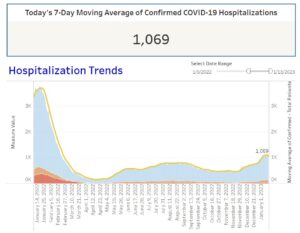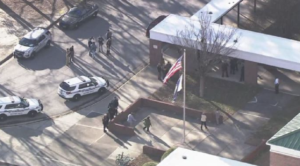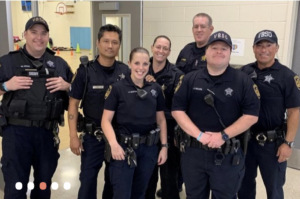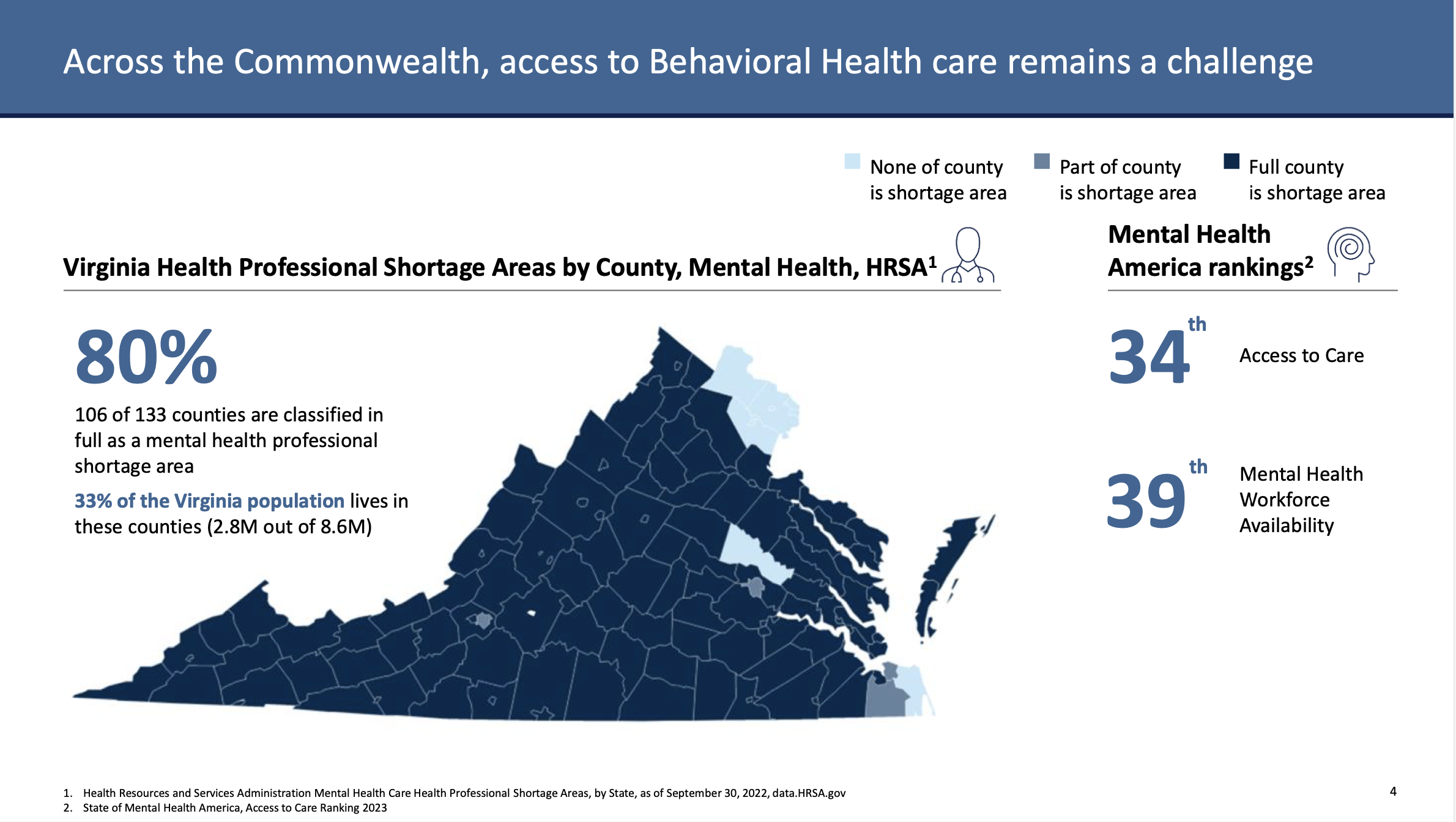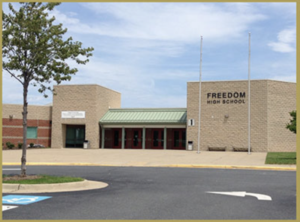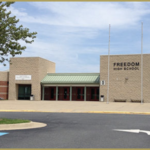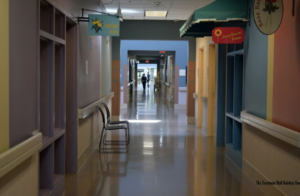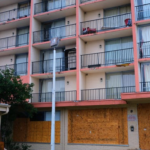by James C. Sherlock
We have a new General Assembly session. With that comes lots of healthcare bills.
I will not examine each one, but I have a suggestion for criteria to be applied by the Senate and House committees that do.
Ask yourselves how, if at all, each bill helps the federally designated medically underserved areas (MUAs) in Virginia.
Then ask how can any bill be a priority for funding ahead of those that do help that problem.
Then remember that providing primary care to underserved areas is proven to save a ton of Medicaid money net where it has been tried, as in Maryland, because of inpatient care avoidance.
Then ask the not-for-profit health systems that serve those areas to testify how, exactly, they can be medically underserved when that is what the health system tax exemptions are meant to prevent, and free cash flows have been extraordinary for decades.
And, finally, if you have no bills that help provide additional primary care to those areas, you aren’t doing it right. Continue reading


